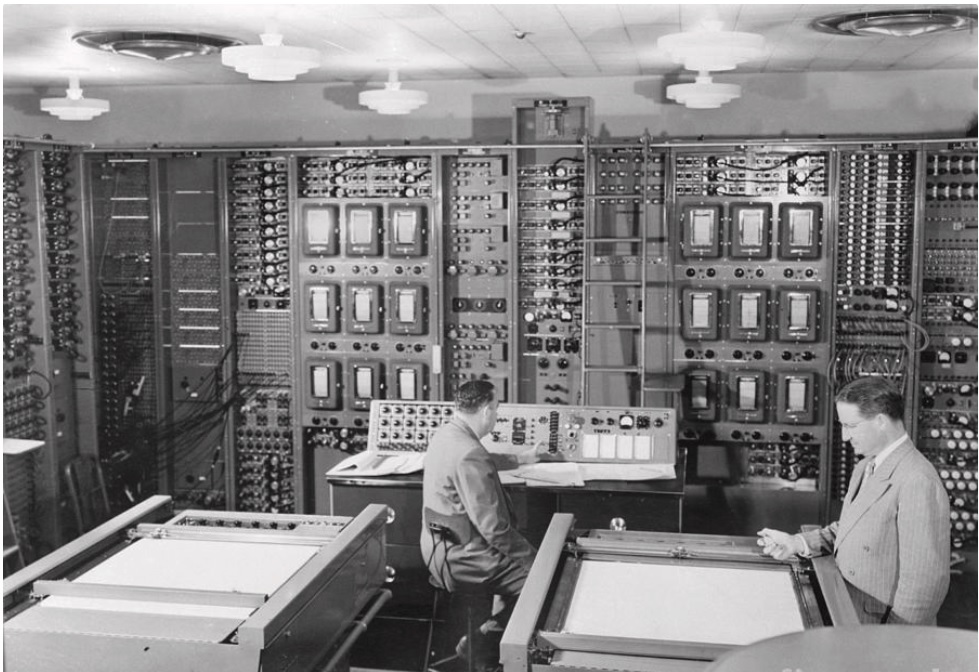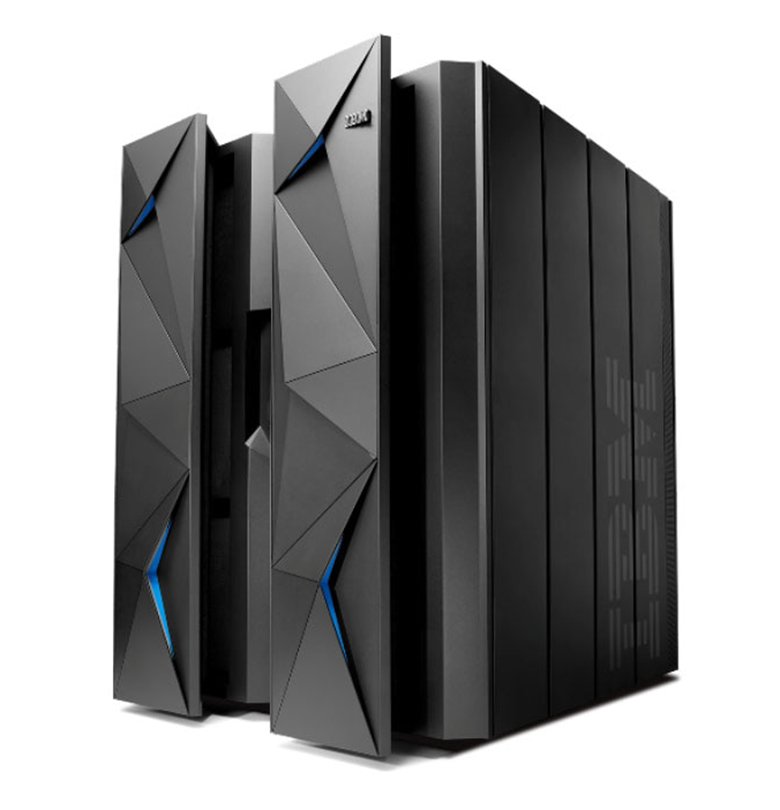Mainframe History
Mainframes have the longest history of any kind of computer technology still in use today. Mainframes first appeared in the early 1940s, and the most popular vendors included like IBM, Hitachi, and Amdahl. Some have recently been identified as mainframes as old-fashioned technology. However, as in every decade since its inception, mainframe computers dominate the landscape of large-scale business computing. Mainframe computers now play a significant role in the day-to-day operations of many of the world's most large Fortune 1000 companies.
While other forms of computing are widely used in various business sectors, the mainframe takes the desired place in today's business environment. In banking, finance, health care, insurance, social services, government, and other public and private businesses, the mainframe computer builds the modern business foundation.
Major developments in mainframe history includes -
- 1930s: First Mainframe computer was the Harvard Mark I, built in the 1930's. However, it was not ready for use until 1943. The first mainframe weighed five tons, filled the entire room, and cost about $ 200,000 to build.

- 1940s: Early machines like ENIAC (1945), designed by John Mauchly and J. Presper Eckert, were ancestors to modern mainframes. These machines were massive, relied on vacuum tubes, and were primarily used for military and scientific research.
- 1950s: UNIVAC (1951), developed by the same team, was the first commercially produced computer and the first widely known for business applications.
These early computers laid the groundwork for more organized, reliable computing systems.
IBM's entry into computing came with the release of the IBM 701, the company's first general-purpose computer. It was followed by a series of machines that were progressively more powerful and easier to use, such as the IBM 702. - 1964: IBM System/360 - A significant breakthrough in mainframe history occurred in 1964 with the introduction of the IBM System/360.
This mainframe was revolutionary in its concept of a "family" of computers that shared a common architecture and instruction set.
The System/360 allowed companies to upgrade their hardware without needing to rewrite their software, and also introduced multiprocessing, which allowed several programs to run concurrently. This made mainframes highly versatile, as they could handle different types of workloads in industries such as banking, manufacturing, and government. - 1970s: IBM System/370 - IBM continued to innovate, and in 1970, the System/370 was introduced. It improved upon its predecessor with the addition of virtual memory, which allowed programs to use more memory than physically installed, improving performance and enabling more complex software applications.
- 1970s: Diversification and New Competitors - During this period, other companies like Honeywell, Burroughs, Univac, and Fujitsu entered the mainframe market. However, IBM remained the dominant player due to its extensive software ecosystem and continued technological advancements.
- 1980s: IBM System/390 - IBM introduced the System/390 in the 1980s, which offered greater reliability and the ability to run more advanced software. The mainframe market saw rapid growth during the 1980s as businesses recognized the advantages of centralized computing, reliability, and scalability for large-scale operations.
- 1990s: The Rise of PCs and Client-Server Architectures & IBM System/390 Evolves - The rise of personal computers (PCs) and client-server computing posed a challenge to mainframes. IBM introduced Parallel Sysplex technology, which allowed multiple mainframes to work together, thereby improving performance and scalability.
- 2000s: The IBM zSeries - IBM introduced the zSeries mainframes in the early 2000s, which were optimized for internet applications and supported modern operating systems like Linux alongside IBM's own z/OS. The IBM z9 and later the z10 focused on security, virtualization, and integration with cloud technologies.
- 2000 - 2010: Mainframes proved to be highly adaptable, finding renewed importance in big data, cloud computing, and virtualization. They began to serve as the backbone for hybrid cloud environments, where organizations could combine their on-premises mainframes with cloud services to create flexible, scalable solutions.
- 2010s: IBM zEnterprise and Beyond (Modern Mainframes) - IBM continued to evolve its mainframe offerings, releasing the zEnterprise series,
which provided even better integration with cloud platforms and supported new workloads such as AI and blockchain.
The z14 (2017) and z15 (2019) systems were designed to handle modern data workloads with built-in encryption capabilities, advanced AI processing, and support for hybrid cloud architectures. - 2020s and Beyond: Hybrid Cloud and AI - Mainframes have continued to evolve to meet the needs of the digital age. The integration of AI, machine learning, and quantum computing is also on the horizon, ensuring that mainframes remain relevant in industries like finance, healthcare, and government.

